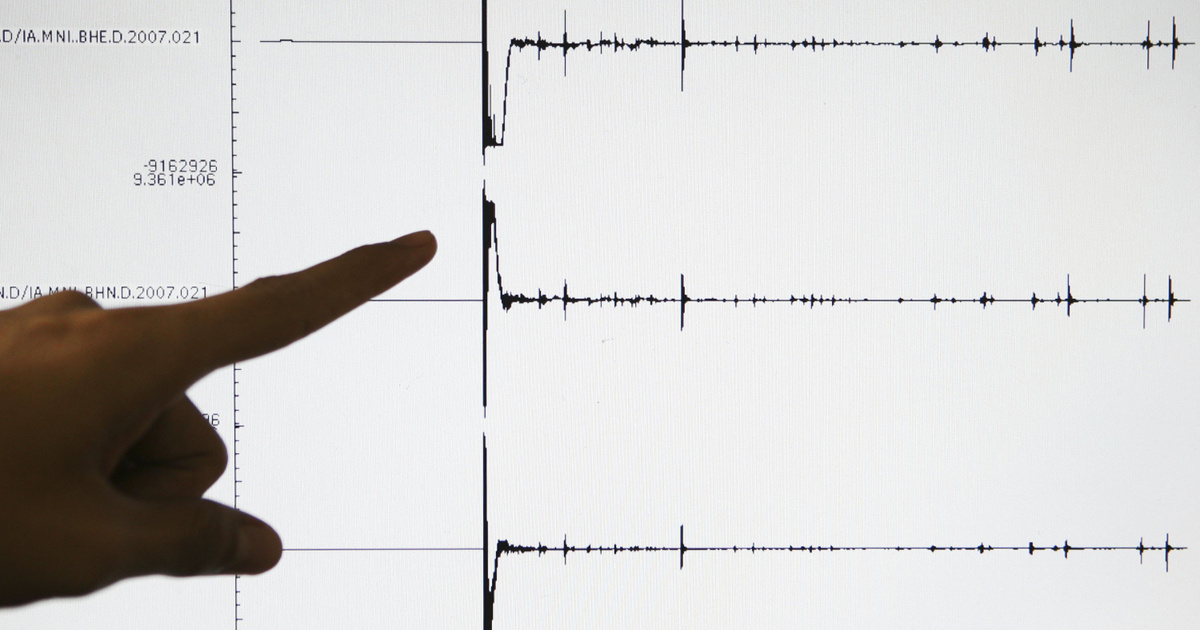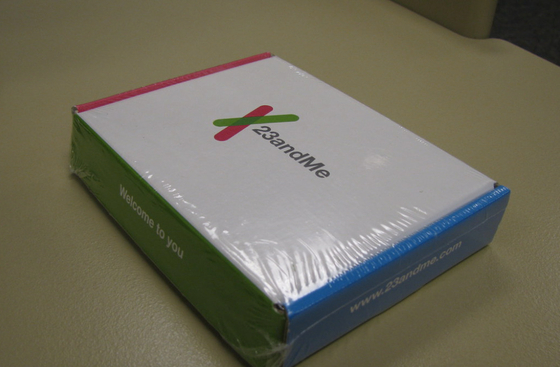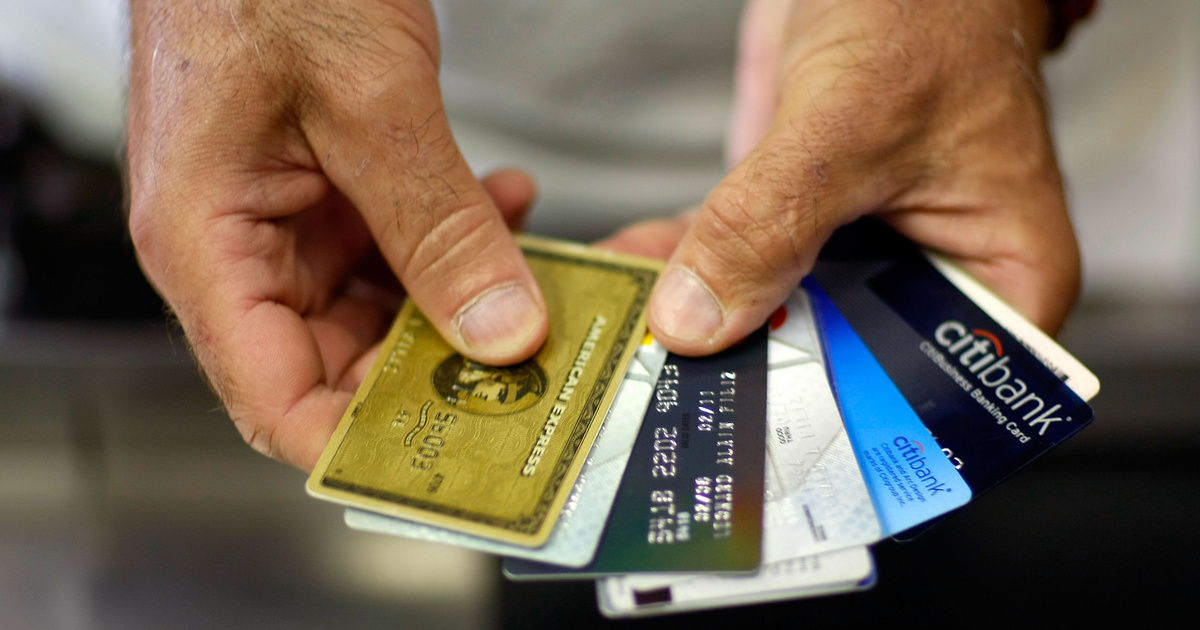While the 121.2 and 68.2 billion HUFs taken out by customers in April represented a 22-month high for home and personal loans, household credit card debt rose to a 12-year high, BiztosDöntés.hu concluded.
According to data from Magyar Nemzeti Bank (MNB), the credit card debt of the general public amounted to 158.5 billion Hungarian forints at the end of April.
In one year, cardholders' outstanding balance rose by 12 percent.
According to Peter Gergely, an expert at BiztosDöntésés, all this means that the debt per credit card reached its absolute peak, and in April this year it approached 142,000 Hungarian forints. Four years ago, in the spring of 2020, this amount was barely more than 98 thousand. “Of course, today it is much easier to settle credit card debt per card, since 141,900 HUF is less than a third of the average net income of 437,849 HUF,” noted Peter Gergely.
Eleven years ago, in 2013, when credit card debt was, as it is today, more than 150 billion Hungarian forints — roughly 23 percent more than today's 1.12 million — there were 1.37 million credit cards in circulation. At the time, credit card debt of 112,500 HUF per card represented nearly three-quarters of an average net income of just over 151,000 HUF.
The most expensive loan
According to Peter Gergely, the current regulation means that the total APR for credit cards could be as high as the central bank's current base rate plus 39 percent. This is the rate above which the interest rate on the loan is considered usurious interest.
When calculating the maximum APR valid for the given half year, the prime interest rate in effect on December 1st or June 1st before this period is taken into account. Accordingly, the maximum APR for credit cards would have been 50.5 percent through the end of June. It is July of this year – This is thanks to a more than 4 percent reduction in the base interest rate over the past six months – 46.25 percent could be the maximum rate that banks can charge their credit card debtors.
Always above 20 percent
“Fortunately, interest rates on credit cards are much lower than these levels,” noted the financial expert at BiztosDöntés.hu. In addition, the annual interest rates of banks are also constantly declining for credit cards: compared to 30.25% in August 2023, in April, banks charged debtors an average annual interest rate of 25.3%, that is, about 5 percentage points lower, for debts. Which was not paid on time. The last time those who missed a repayment were able to rely on a loan burden lower than the cost of the loan was September 2022.”
At the same time, he also mentioned that the cardinal rule of credit cards is still that it is not worth being in debt, since credit card debts that are not paid off within the grace period are hammered at a monthly interest rate of 2-3 percent, and this level will not go down. seriously in the future. In the history of domestic credit cards, November 2021 was the only month in which the average APR for credit card debtors fell below 20 percent.
If we pay off the debt on time, a credit card will be a particularly convenient option. After all, in addition to the fact that you can use bank funds absolutely free for a maximum of 45 days, most credit institutions also offer discount programs for credit card spending.
According to the analysis of Peter Gergely, BiztosDöntés.hu, after purchasing the cards
- In some banks, it is possible to collect points that can be exchanged for a discount later, which can be used later. Thus we can achieve a discount of 1-3 percent;
- After purchasing the card, you can get monthly, quarterly or annual cash back up to a certain amount, which can save you 5-10 percent;
- By paying with credit cards, we can obtain special discounts at each merchant – Here discounts can reach 15-20 percent.
It is true that we can expect a refund after purchases, but according to the expert, it is useful to regularly review the offers of our card-issuing bank, because they are constantly changing.












































